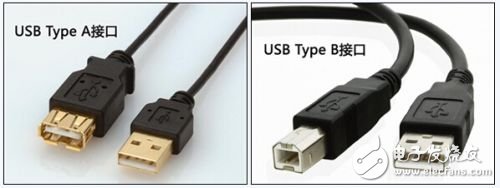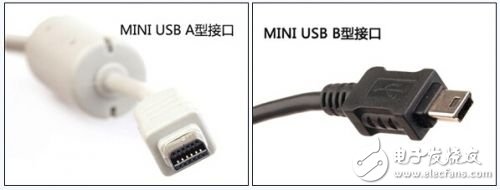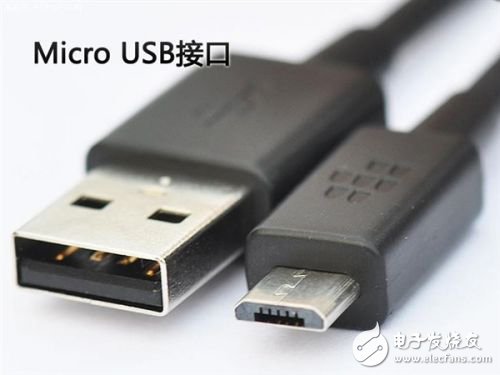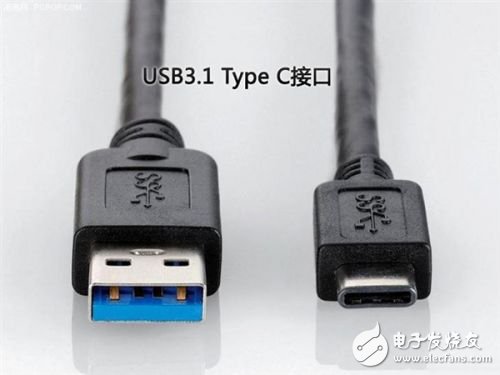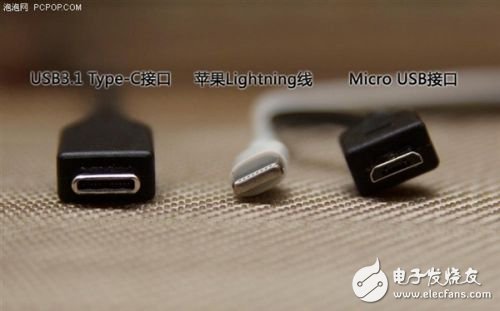Since Apple's unprecedented use of the single data interface USB Type C on the new MacBook, discussions about the USB interface have become more buzzing. In Apple's new MacBook, the entire body has only one data interface (except the power interface) USB Type C, which makes people wonder whether a single interface can meet high-speed and stable audio and video data transmission. To answer this question, we need to understand the USB Type C interface. Here is a small conclusion: USB Type C is capable of data transmission of almost all specifications without losing speed and transmission quality. Interface), then today I will introduce some basic knowledge about USB2.0, USB3.0, USB Type C, etc. USB is the abbreviation of Universal Serial Bus. It is a bus architecture developed by Intel Corporation, which makes it very easy to add serial devices to a computer. Simply plug the device into the computer's USB port and the system will automatically recognize and configure it. According to the development of the times, the USB interface standard has experienced a generation of USB, second generation USB 2.0 and third generation USB 3.0, which is from the time dimension, but each generation of USB interface is subdivided into specific models for different devices. This is well understood. For example, printers and computers have different requirements for data transmission. You want the printer to transmit the most text or image information. There are many types of data transmission on the computer. Since we can do it for the characteristics of the printer, from the USB interface. The subdivision class is used by the printer to achieve better transmission efficiency. The basic principle of the pair is this. Each generation of USB interface is subdivided into USB Type A/B/C/Mini/Micro according to the characteristics of the supported devices. Edit the specifications of several interfaces just mentioned: The meaning of USB 1.0/2.0/3.0 USB 1.0 The USB specification was first introduced in 1995. USBIF (USB Implement Forum) consisting of seven companies including Intel, IBM, Compaq, Microsoft, NEC, Digital, and North Telecom. USBIF officially proposed USB1 in January 1996. 0 specification, the bandwidth is 1.5Mbps. However, because the peripheral devices supporting USB at that time are less pitiful, the motherboard manufacturer does not design the USB Port directly on the motherboard. USB 2.0 The USB2.0 technical specification was jointly developed and released by Compaq, Hewlett Packard, Intel, Lucent, Microsoft, NEC, and Philips. The specification increases the peripheral data transmission speed to 480Mbps, which is 40 times that of USB 1.1 devices! The USB 2.0 standard, which was developed in 2000, is a true USB 2.0, called the high-speed version of USB 2.0, with a theoretical transmission speed of 480 Mbps. USB 3.0 USB 3.0 is the latest USB specification, which was initiated by companies such as Intel. The maximum transmission bandwidth of USB 3.0 is up to 5.0 Gbps (640 MB/s), and USB 3.0 introduces full-duplex data transmission. Two of the five lines are used to transmit data, two are used to receive data, and one is ground. In other words, USB 3.0 can read and write at full speed at the same time. USB Type A/B/C/Mini/Micro Series Features USB Type A (left) and USB Type B (right) USB Type A: This standard is generally applicable to PC PCs and is the most widely used interface standard. USB Type B: Generally used for 3.5-inch mobile hard drives, as well as printers, monitors, etc. Mini-USB MINI USB Type A (left) and MINI USB Type B (right) Generally used in mobile devices such as digital cameras, digital video cameras, measuring instruments, and mobile hard disks. Micro USB Micro USB interface for mobile devices In the USB 2.0 era, the Micro USB port appeared. This is a portable version of the USB 2.0 standard. The next-generation specification of the Mini USB is smaller than the Mini USB interface used in some early mobile phones. This interface is our most common interface, the charging interface of our mobile phone is the Micro USB interface. USB Type C: USB Type C This interface name emerged after the USB 3.1 era. The highlight of this interface is the slimmer design, faster transfer speed (up to 10Gbps) and more powerful power transfer (up to 100W). The biggest feature of the type-c double-sided pluggable interface is that it supports USB interface for double-sided insertion, mainly for thinner and thinner devices (the interface of the mobile phone tablet may be unified in the future, instead of the Micro USB interface). Now the most common USB Type C interface, no distinction between positive and negative insertion In summary, USB type-c has the following characteristics: 1. The maximum data transmission speed reaches 10Gbit/s, which is also the standard of USB 3.1; 2. The size of the socket of the type-c interface is about 8.3mm & TImes; 2.5mm slim design; 3. Support the "positive and reverse insertion" function that can be inserted from both sides, and can withstand 10,000 times of repeated insertion and removal; 4. The standard-size cable with type-c connector can pass 3A current, and also supports "USB PD" that exceeds the existing USB power supply capability, and can provide up to 100W of power. USB Type C interface (left) Apple LighTIng line interface (middle) and Micro USB interface (right) contrast Common electronic devices that currently support the USB Type C interface include the Nokia N1 tablet, the LeTV phone, and the Apple MacBook. Please note that the USB Type A/B/C/Mini/Micro ports do not have these standards for every generation of USB. There is no USB Type C interface in the USB 1.0/USB 2.0 era. In the current era of smartphones, we use the most USB-based Micro-USB interface, which is the mobile phone USB data cable interface. The most promising in the development of the new generation of USB is the USB Type c standard. With the adoption of Apple, I believe more and more manufacturers will follow up. Shenzhen Happybate Trading Co.,LTD , https://www.happybateprojectors.com
